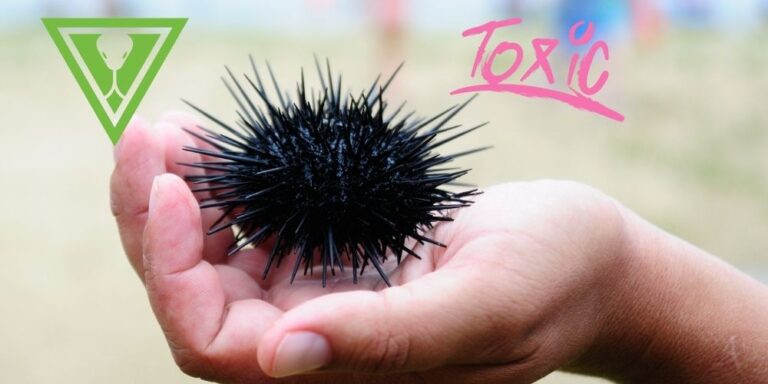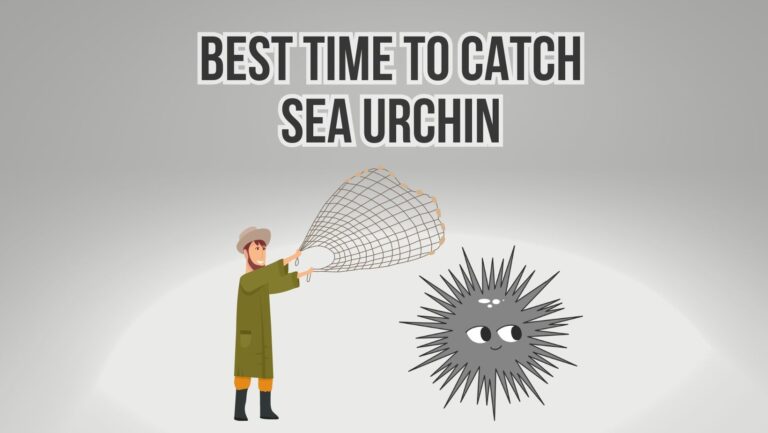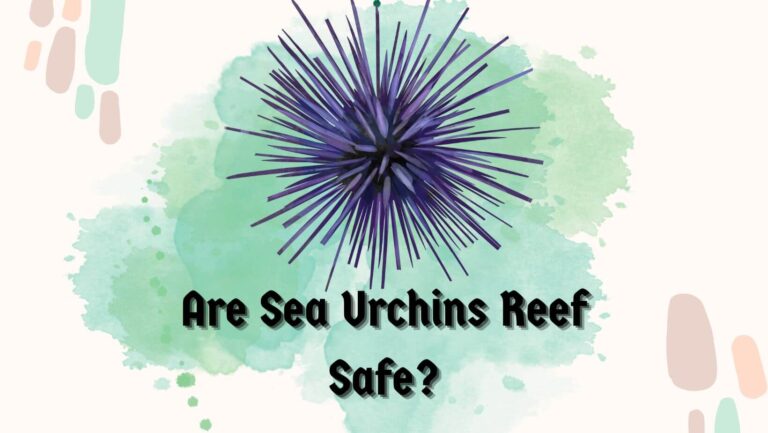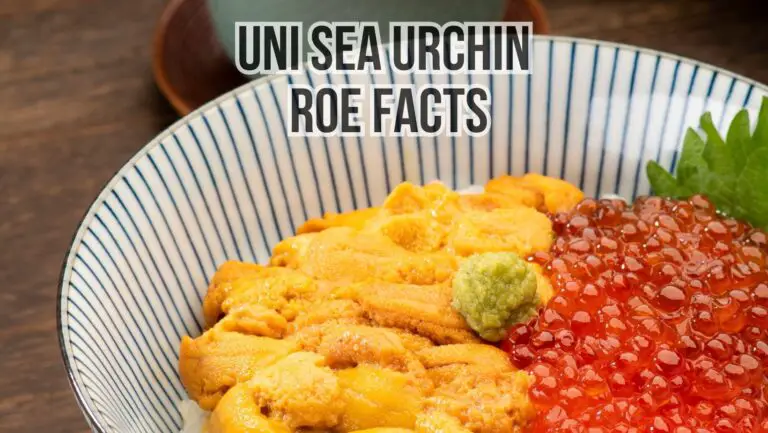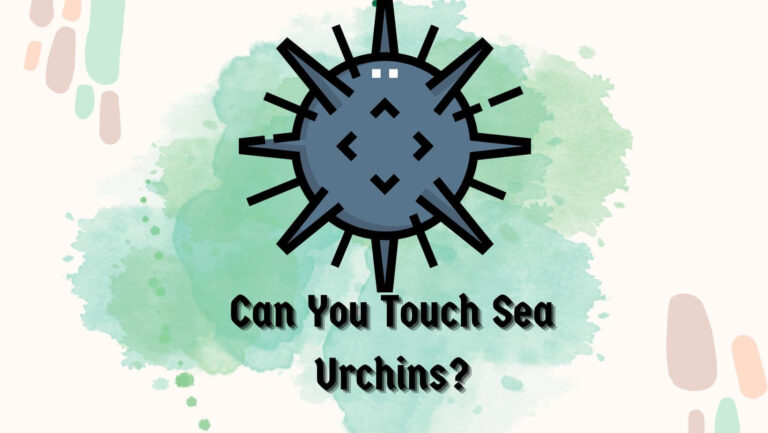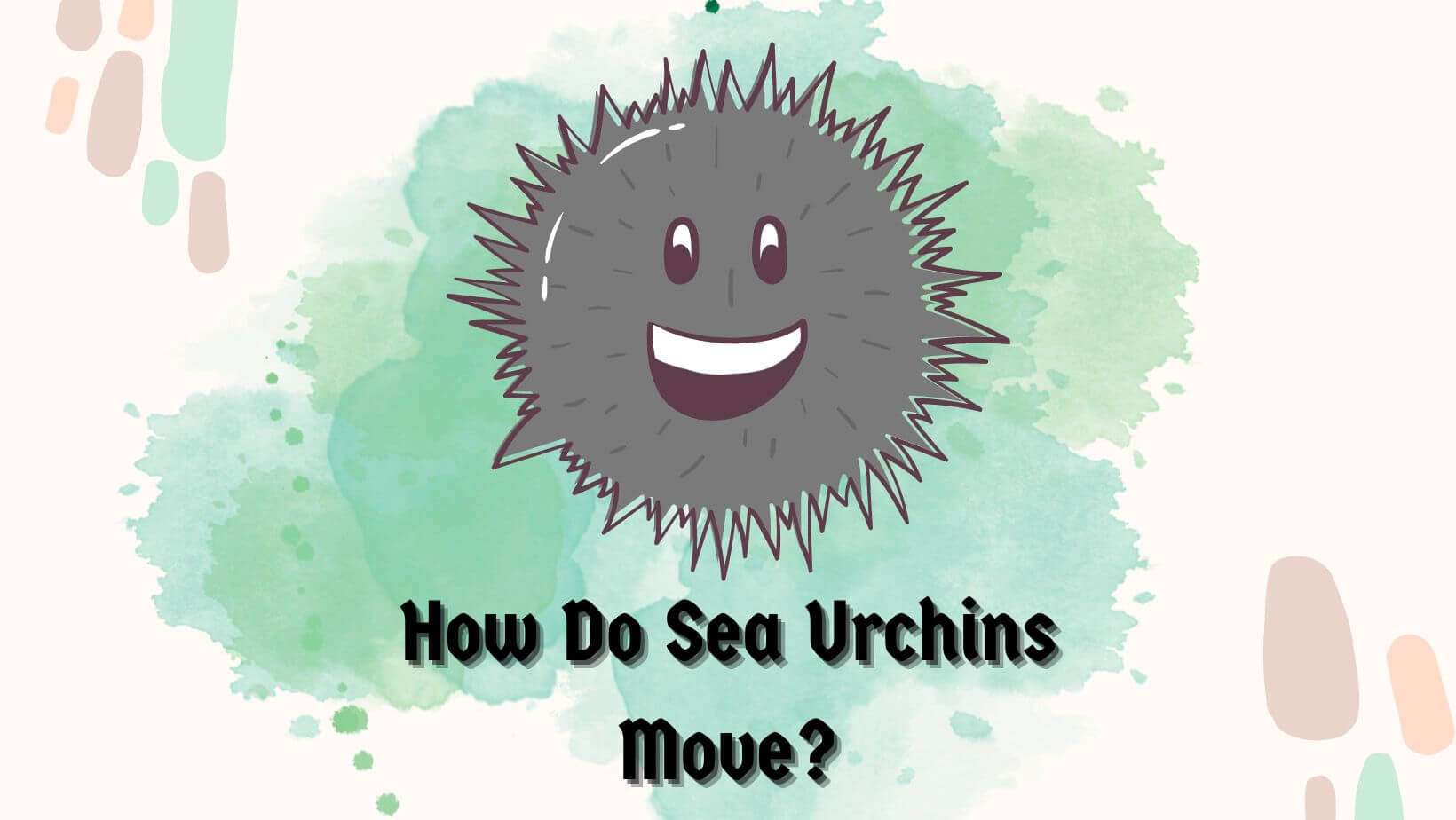
There is no doubt that Sea urchins are fascinating marine creatures that play an important role in the ecosystem. However, they look amazing and are known for their unique movement abilities that have intrigued scientists & researchers.
This has not only caused debates & confusion but also led to a deeper understanding of their behavior & adaptations. Therefore, if you’re wondering, ‘Do sea urchins move?’ you’re not alone.
In this article, I’ll answer ‘Do sea urchins move?’ and ‘How do sea urchins move?’. We’ll also explore the world of sea urchins, examining the factors influencing their movement, the mechanisms behind their locomotion, & the significance of studying their behavior. But before I begin telling you any of these, let’s first find out ‘Do sea urchins move?’.
Table of Contents
Do Sea Urchins Move?

Yes, sea urchins move. Even though they’ve seemingly immobile appearance, sea urchins can create a push-and-pull motion against the surface by flexing & extending their spines, propelling themselves forward.
Their mode of locomotion might not be as apparent as that of a swimming fish or crawling crab, but if you observe them, you’ll be amazed by their remarkable ability to traverse their surroundings.
Do you know Johnson and Ebert also successfully documented various sea urchins moving across substrates like rocky surfaces & sandy bottoms? These observations confirm that sea urchins can move & explore their environment.
Still, they also highlight the point ‘sea urchins have adapted to their natural habitats in ways that enable movement.’ When you look at these fascinating creatures, you’ll first notice their long & slender spines that cover their spherical bodies.
You should know that this spiky exterior protects and aids in locomotion. However, there can also be other factors that may influence our little friend’s movements as well. Environmental conditions like water current and food availability significantly affect their locomotion.
You should also note that biological factors like the particular sea urchin’s species size or its body shape & age can also affect its ability to move efficiently. Therefore if you are observing sea urchins to spot them moving, look at the brightest & youngest ones, as you’ll have higher chances of witnessing active locomotion.
How Do Sea Urchins Move?
When you notice sea urchins’ radial symmetry, you will observe their circular pattern around a central axis. This design helps our little friend with equal weight distribution & stabilities, contributing to their efficient movement.
You should also note that sea urchins are known to possess tube feet which are key structures known to facilitate their locomotion. These tube feet are small suction Cup-like appendages usually located on the underside of sea urchins.
Sea urchins usually use their tube feet by contracting & expanding in a coordinated manner to create a walking motion. This mechanism helps them navigate many substrates, from smooth rocks to Sandy seabeds.
Not only sea urchins are also known to use their spines for defense but also effective movement. They are known to bend their spine and Anchor them to the surface so they can efficiently pull themselves forward or reposition their bodies.
Yes, they have evolved to use their spines effectively, allowing them to move with agility & precision. If you compare this to other Marine organisms, you will notice sea urchins demonstrating impressive speed & agility.
Even though they are not as fast as a swimming fish or cruising dolphin, their ability to maneuver through complex underwater environments is always noteworthy. Lastly, you should also note that this kind of adaptation also contributes to their efficiency in invading predators, foraging, and exploring their surroundings.
Popular Articles or Topics
Can Sea Urchins Move Fast?

As I told you earlier, sea urchins can move but not fast. The range of movement will also vary depending on the species. Some species of sea urchins exhibit more mobility due to differences in body size, spine length, and environmental adaptation.
For instance, if you notice pencil urchins, they possess long & flexible spines, allowing them to move more swiftly. On the other hand, species like heart urchins have shorter spines, limiting their mobility.
You should also note that natural habitat constants can influence sea urchins’ movement. For example, Rocky terrains, dense vegetation, and physical barriers can all impede sea urchins’ ability to roam freely.
In this case, sea urchins’ movement can be restricted to a specific area or dictated by environmental factors. Plus, there will always be a predation risk. There are many predators like Sea otters and some fish like puffer fish who premiered target searching as a food source.
In response, our little free friends must adopt defensive strategies by seeking shelter or remaining stationary, reducing their exposure to predation. However, you should also note that sea urchins are prompted to move under certain circumstances.
Sea urchins can move to seek more favorable locations if there are any environmental changes like shifts in water temperature or nutrient availability. Yes, feeding & foraging behavior also motivates our little friend to move in search of food sources & optimal grazing areas. So, next time you want to observe sea urchins’ movement, keep a few tips in mind that have been given below.
3 Tips for Observing Sea Urchin Movement
If you’re interested in observing sea urchins in action, here are some tips to enhance your experience:
- Choosing The Right Location For Observation: if you want to enjoy observing sea urchins, you must look for areas with diverse underwater habitats like tides, pools, rocky reefs, or seagrass meadows. Trust me; these locations provide the best opportunities to witness sea urchins’ locomotion in their natural environment.
- Proper Handling & Care: Generally, I recommend avoiding handling due to its spiky exterior and the risk of getting pinched. However, if you happen to handle them, ensure your safety and their safety, as well as minimize risk. You should make gentle movements and avoid disrupting sea urchins’ natural behavior.
- Recommended Observation Techniques: If you are a photographer, you will enjoy underwater photography of sea urchins. In addition, videography can help you capture the intricate movement of sea urchins underwater. You can also visit a controlled laboratory where experiments are conducted on sea urchins that will allow control observations & measurements of their locomotion patterns.
- Other Intriguing Topics To Discover
- Eating Sea Urchin Side Effects: 3 Common Ones
- Do Crabs Eat Sea Urchins
- Do Sea Urchins Reproduce Sexually Or Asexually?
Conclusion
No, Sea urchins offer a fascinating subject for scientific exploration with their enigmatic movement abilities. To gain valuable insights into their behavior & ecology, all of us need to understand the factors influencing their movement, the mechanisms behind their locomotion, and the range of their mobility.
Therefore we need to research sea urchin locomotion further (like, Julia E. Samson) because it holds great potential for uncovering the intricacies of their movement & its broader ecological implications.
I hope you enjoyed this article, where we unraveled the secrets of the sea urchin movement. If you find this article helpful, then consider sharing it. Your share is not only going to help people learn ‘how sea urchins move’ but also about their intricate moving abilities. Do check our other helpful guide on sea urchins. See you in the next post, till then, take care & goodbye.

